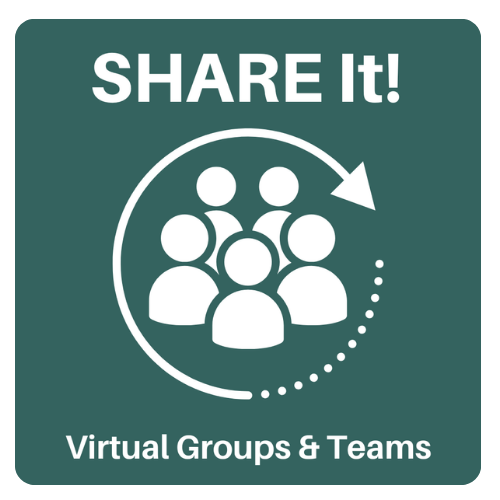
Dr. Rob’s Medical Minutes: National Bleeding Disorder Month
Hello, I’m Dr. Rob Gillio,
Chief Medical Officer at the Force for Health Network.
March is National Bleeding Disorders Awareness Month,
a time to raise awareness about serious conditions
like hemophilia, von Willebrand disease,
and other clotting factor deficiencies
that affect thousands of people in the U.S. and around the world.
These conditions may be rare,
but they can cause life-threatening bleeding episodes
if not diagnosed, managed, and treated properly.
What Are Bleeding Disorders?
Bleeding disorders are conditions where the body’s ability
to form blood clots is impaired.
🩸 People may experience prolonged bleeding from minor injuries,
unexplained bruising, nosebleeds, joint bleeds, or internal bleeding.
🧬 Some bleeding disorders are inherited,
while others are caused by illness, medication, or immune conditions.
Understanding the most common causes can help with early detection.
Top 5 Common Causes of Bleeding Disorders
1️⃣ Hemophilia A and B
These genetic conditions cause a deficiency in clotting factors VIII or IX.
People with hemophilia often experience joint bleeds and muscle hemorrhages.
2️⃣ Von Willebrand Disease (vWD)
The most common inherited bleeding disorder, affecting both men and women.
It involves a deficiency or dysfunction of the von Willebrand factor,
which helps platelets stick together.
3️⃣ Immune Thrombocytopenic Purpura (ITP)
An autoimmune condition where the body destroys its own platelets,
making clotting much harder.
4️⃣ Leukemia
This blood cancer affects the bone marrow’s ability to produce healthy blood cells,
including platelets. Low counts can lead to bleeding and bruising.
5️⃣ Liver Disease
The liver is where most clotting factors are made—
when it’s damaged, your body may not clot properly,
leading to increased bleeding risk.
How to Prevent Bleeding
If you have or are at risk for a bleeding disorder,
prevention is critical.
✅ Avoid high-risk activities, especially contact sports, unless cleared by a doctor.
✅ Use protective gear when active—helmets, knee pads, and mouth guards.
✅ Be cautious with medications—avoid NSAIDs and blood thinners unless prescribed.
✅ Maintain good dental hygiene—gum disease can lead to frequent oral bleeding.
✅ Get vaccinated and avoid infections that can affect the immune or clotting systems.
✅ Regularly monitor your condition with your healthcare provider.
How to Respond if Bleeding Occurs
If bleeding does happen, act quickly and calmly.
🩹 Apply firm, direct pressure using a clean cloth or bandage.
🧊 Use an ice pack to constrict blood vessels and reduce bleeding.
🫀 Elevate the injured limb above the level of the heart.
👃 For nosebleeds, pinch the nostrils and lean forward—don’t tilt your head back.
🆘 For severe bleeding, trained individuals can use a tourniquet or hemostatic dressing
while waiting for emergency help.
When to Seek Medical Help
📍 Bleeding doesn’t stop after 10 minutes of pressure
📍 Frequent nosebleeds or bruising with no clear cause
📍 Blood in urine, stool, or vomit
📍 Unusual fatigue, pain, or signs of internal bleeding
📍 You have a known condition like hemophilia, ITP, or liver disease
Final Thought
Bleeding disorders can often be managed with the right care and awareness.
If you or someone you love may be at risk,
talk to your healthcare provider,
get the appropriate testing,
and develop a plan for prevention and emergency response.
This March, let’s break the silence,
build understanding,
and protect lives through knowledge and action.
I’m Dr. Rob—
stay informed,
take action,
and be a Force for Health.
See you next time!
Recommend0 recommendationsPublished in Dr. Rob Perspectives, Health Month Awareness Series, Medical Minutes with Dr. Rob







